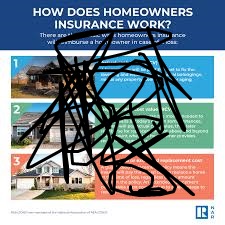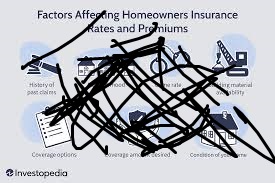Homeowners Insurance
Home owners insurance is an insurance that is mandatory and protects your house, personal property and liability in the occasions of unforeseen accidents or disasters.
It offers security, in terms of covering risks that might otherwise lead to a huge loss.
It is, however, important that homeowners should realize that not all the potential situations and types of damage are insured by standard policies.
Insurance companies establish certain exclusions to help identify what is not covered by the insurance and such exclusions are present due to various relevant reasons.
They help the insurers to handle the risk effectively, ensure that an average homeowner will be in a position of affording taking a policy and will not have to pay home insurance claims when even a highly predictable or avoidable event occurs.
It is not only necessary to own the home in a responsible way, but also important to make people know about such exclusions so that they could make reasonable decisions regarding further coverage, prevention and change of lifestyle in order to guarantee the safety of their homes and the security of their economic welfare.
Natural Disasters in most cases not covered.
Probably one of the most important and most commonly misinterpreted omissions in typical homeowners insurance policies is the types of damage caused by certain natural disasters.
Although losses associated with events like fire, lightning, windstorm, or hail are typically covered automatically under many policies, other catastrophic events are frequently not covered by a regular policy and may need an additional policy or endorsement.
This can include things like floods that can easily wipe out entire neighborhoods, not covered by default and would have to be covered by a separate flood insurance policy, either through the National Flood Insurance Program (NFIP) or privately.
Earthquake damage is another common exclusion, especially in areas prone to earthquakes and earthquake insurance must come out clearly as an optional rider by the homeowners.
In regions known to be affected by landslides, mudslides, or other natural hazards unique to the region, these also can be specifically excluded in policies.
These omissions can be very costly to miss and a homeowner may find himself or herself paying upfront the entire cost of repairing or rebuilt damages.
When people know about such coverage gaps, they will research their risk environment, determine how risky the area is, and purchase supplementary policies or endorsements that would give them complete coverage in the event of disastrous incidents and which were not properly covered in their regular policies.




